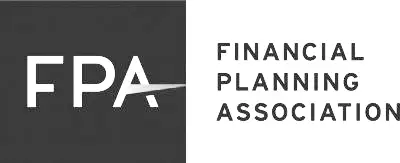Becoming rich is at the top of many people’s dreams. Budgeting not so much.
Yet, doing it effectively, almost guarantees you are on your way to becoming rich!
Why do so many people put it off?
Well, budgeting is tedious and unexciting.
But the value of investing small amounts of time in boring and mundane expense tracking will be life-changing.
Like exercising, the results take time to show up. So maintaining momentum is critical to moving towards your goal.
4 Easy Tips to Build Budgeting Momentum
Along the way, you may discover ways to cut costs, save extra money in retirement accounts, or plan for a big purchase.
Here are a few tips to think about when creating and managing your budget.
- Think about your purchases and how they relate to the budget you have set up.
- Establish small number of categories and assign an estimate of your expected expenses.
- The more micro-managed your budget becomes, the harder it is to execute.
- Use broad categories like food, transportation, clothing, housing, and discretionary.
Are You Budgeting Consistently?
It is most important to stay consistent in the way you categorize things as this will enable you to make meaningful comparisons when looking at how you did this April compared to last April. Each month will vary in amounts, so it is best to have an estimated amount, or target, in each category to begin your budget. Keep in mind that you may need to make a few adjustments from month to month until you can get a better estimate.
Mid-Month Reviews
Once you have a functioning budget, take some time mid-month to sit down and review how your doing against the targets you set.
Reviewing your budget gives you a measurable period for the last half of the month so that you can decide where to cut back, which will help you stay within your budget. It is also important to remember that you will not become a budget master over night.
Spending patterns are a behavior and will take time to adjust. Holding yourself accountable is a must when budgeting. The purpose is to provide discipline with regards to spending, so it is best not to expect a walk in the park.
Make Budgeting Easier
With all of your accounts, transactions and targets, it may be helpful to consider using some type of computer software to assist in tracking your budget.
In the coming weeks, we will be discussing different online and computer software programs that can help you create and manage a budget while tracking your expenses.
So give it a try. It will take time, but knowing how much you spend may be one of the best ways to lead a rich life.
Photo Credit: GotCredit





